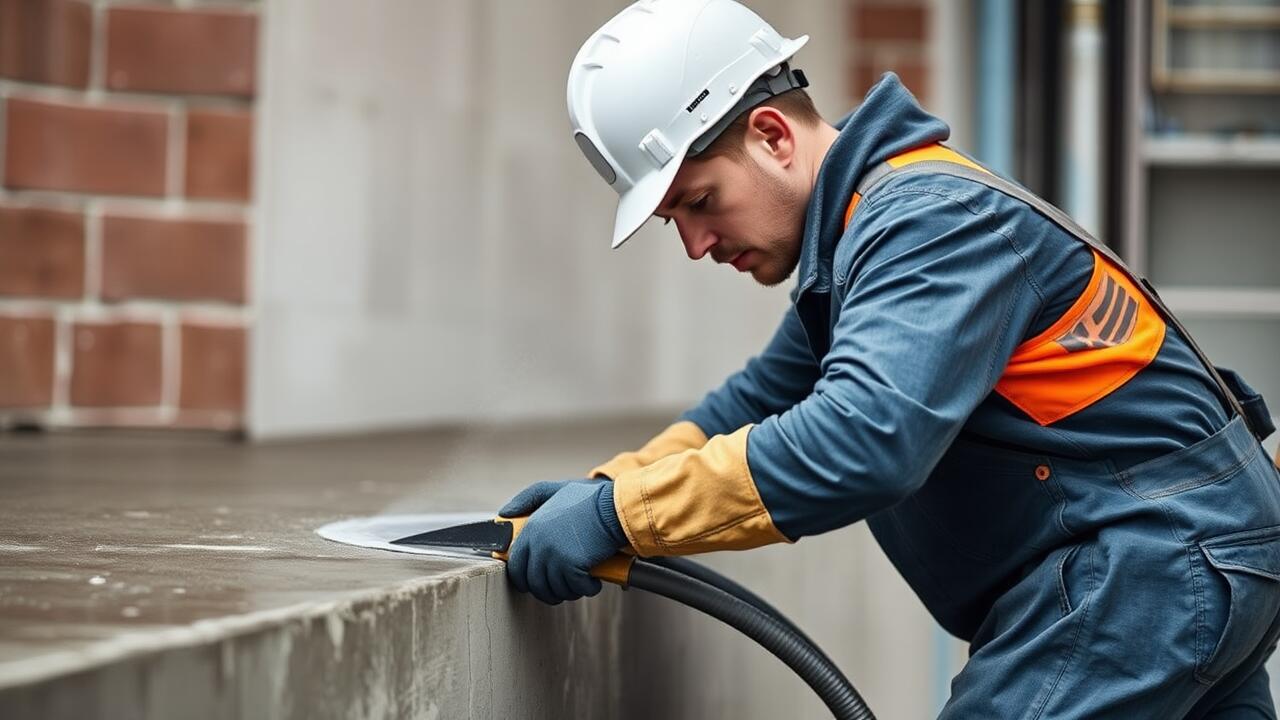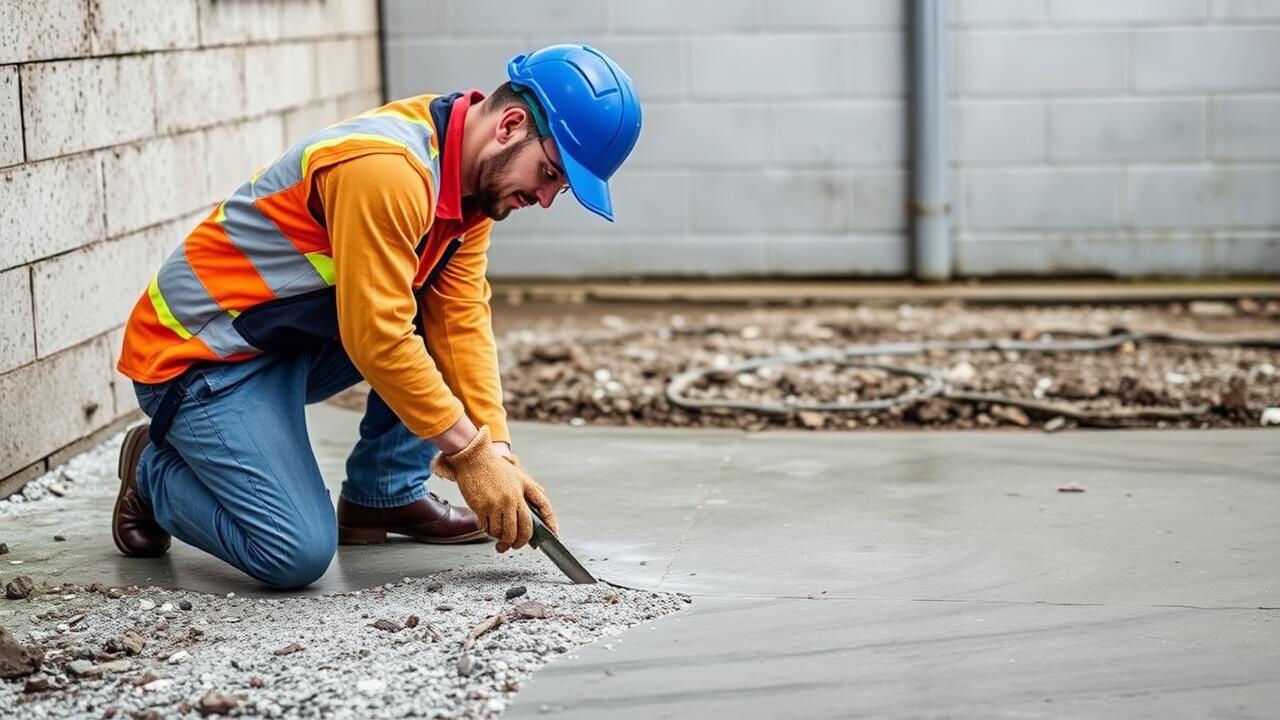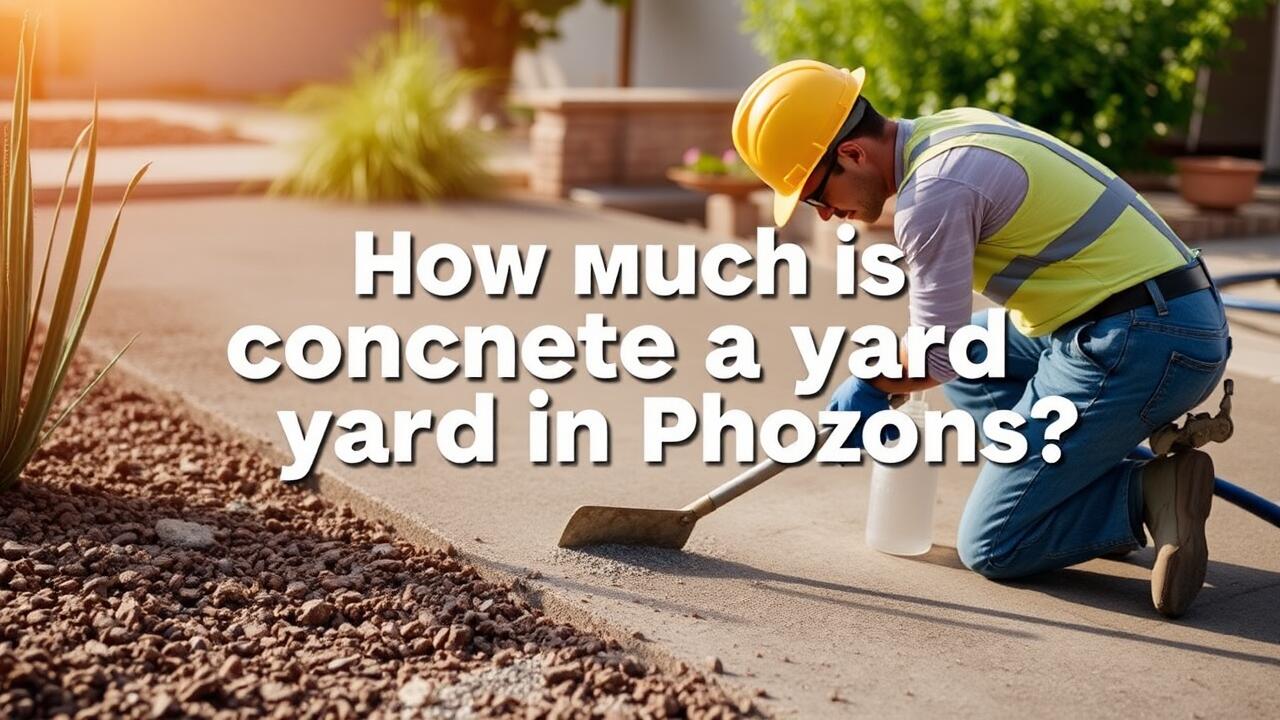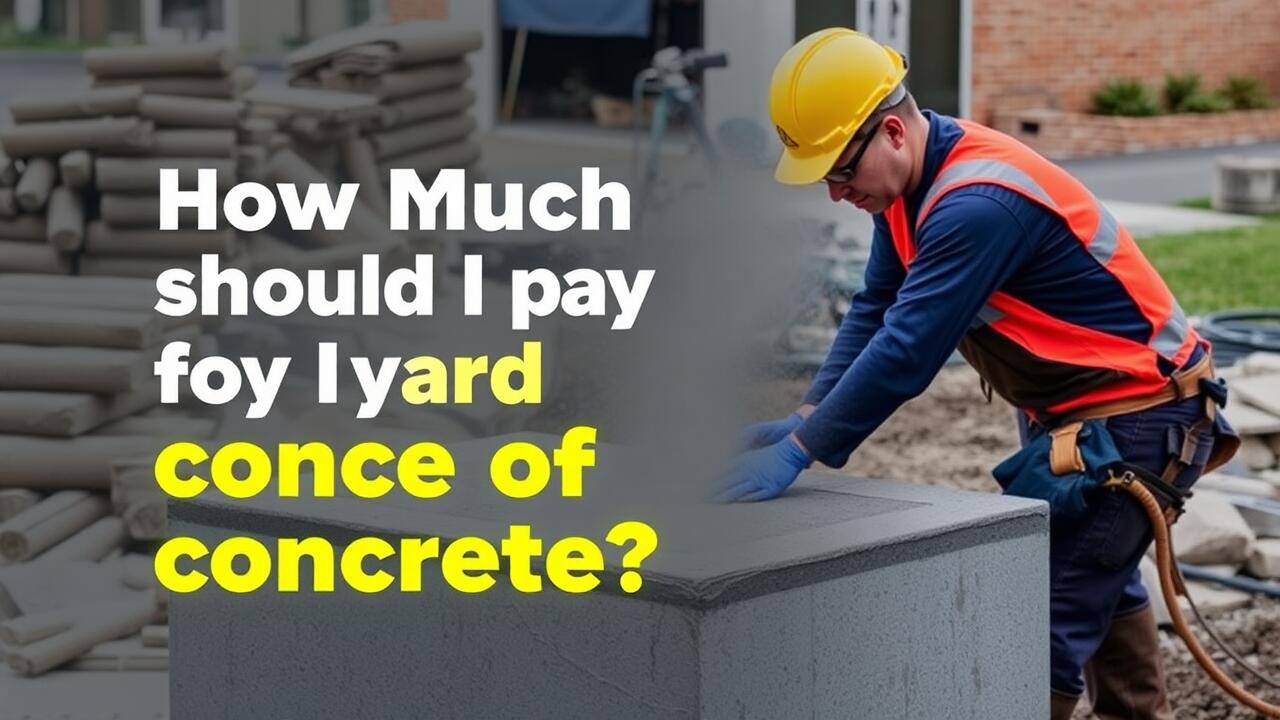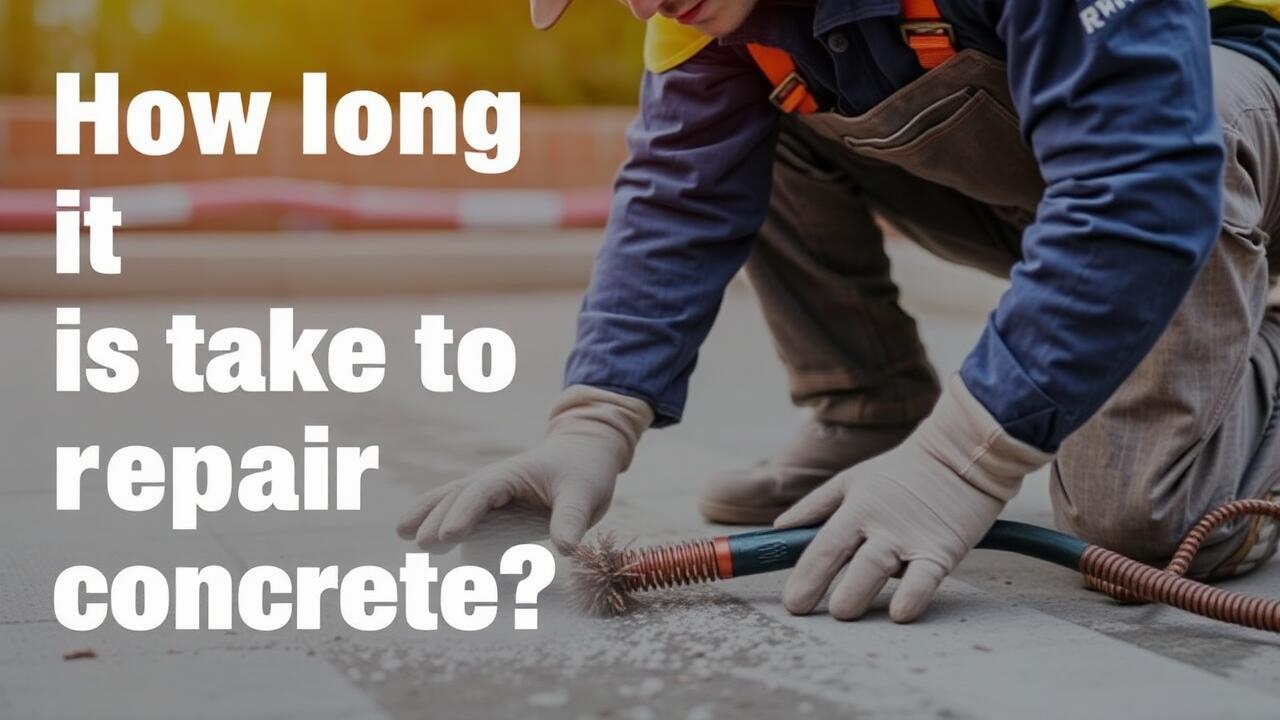
Curing Time After Repair
Curing time after concrete repair is crucial for ensuring the longevity and durability of the surface. Typically, this process can take anywhere from a few days to several weeks, depending on the type of repair and the specific materials used. During this period, the concrete must remain moist to allow for proper hydration. Without adequate curing, the repaired area may be prone to cracking or peeling, ultimately compromising the integrity of the structure.
In areas like Camelback East, Phoenix Concrete Repair emphasizes the importance of following recommended curing times to achieve optimal results. Factors such as temperature and humidity can influence the length of this curing phase. Warmer temperatures may speed up the drying process, while cooler conditions might prolong it. Being mindful of these environmental factors is essential for ensuring that the repair adheres well and performs as intended over time.
Importance of Proper Curing
Proper curing of concrete after a repair is crucial for ensuring the strength and durability of the finished structure. Curing allows the concrete to hydrate appropriately, which is vital for developing its full compressive strength. During this period, moisture retention is essential. Without proper curing techniques, the surface may crack or become weakened, negating the benefits of the initial repair. For residential and commercial projects in areas like Camelback East, Phoenix Concrete Repair, understanding the nuances of curing methods can lead to more sustainable outcomes.
Failing to implement effective curing practices can lead to numerous long-term issues. These might include diminished load-bearing capacity and increased susceptibility to environmental damage. Additionally, repairs that are not properly cured can necessitate further repairs down the line, leading to increased costs and extended project timelines. In regions like Camelback East, prioritizing adequate curing can ultimately enhance the lifespan of concrete structures, reinforcing the investment made in repairs.
Weather Conditions and Their Impact
Weather conditions play a significant role in the repair time for concrete. High temperatures can accelerate the curing process, while cold weather can slow it down considerably. In areas like Camelback East, Phoenix, where the climate is typically warmer, repairs may set more quickly, but the risk of cracking also increases if not managed properly. Humidity levels contribute as well; too much moisture can interfere with both the application and the curing of the concrete, potentially leading to longer repair times and compromised structural integrity.
Wind can also affect concrete repair processes. Strong winds can cause rapid evaporation of moisture from freshly applied concrete, necessitating the use of curing compounds to retain hydration. For residents and contractors in Camelback East, Phoenix Concrete Repair must account for these environmental factors to ensure successful outcomes. By selecting appropriate days for repairs and implementing protective measures, the integrity and longevity of the repair work can be enhanced, ultimately resulting in more efficient timelines.
Ideal Conditions for Concrete Repair
Ideal conditions for concrete repair are crucial for achieving long-lasting results. The temperature plays a significant role in the curing process. Ideally, temperatures should range from 50°F to 90°F. Cooler temperatures can slow curing, while excessive heat may cause premature drying. Humidity is another key factor; moderate humidity can benefit curing, but extremely dry conditions can lead to surface cracking.
Optimal weather conditions not only enhance the repair quality but also reduce the risk of complications during the process. Rain can disrupt a freshly applied surface, leading to uneven results. For areas like Camelback East, Phoenix Concrete Repair projects should be scheduled during the milder months. Planning repairs around favorable forecasted weather can ensure the best results, allowing for adequate curing without interference from environmental factors.
Professional vs. DIY Repairs
When deciding between professional services and DIY repairs for concrete, it's essential to weigh the advantages and drawbacks of each approach. Professional services, such as Camelback East, Phoenix Concrete Repair, offer expertise and experience. Their knowledge in handling various issues often results in higher quality and more durable repairs. They also come equipped with specialized tools that might not be available to the average homeowner, ensuring the repair meets industry standards. However, this convenience typically comes at a higher cost.
On the other hand, DIY repairs can be an attractive option for those on a budget or those who enjoy home improvement projects. With numerous resources available, including tutorials and guides, individuals can learn how to effectively fix small issues themselves. Yet, without the proper knowledge or experience, mistakes can lead to further damage and increased costs down the line. Time investment should also be considered, as DIY projects may take longer than anticipated, especially for those who are not familiar with the repair process.
Pros and Cons of Each Approach
Choosing between professional and DIY concrete repair involves weighing several factors. Hiring professionals, such as those from Camelback East, Phoenix Concrete Repair, ensures expertise and high-quality results. They have the equipment and experience to handle various issues efficiently. However, the cost can be a significant drawback for those on a tight budget.
On the other hand, DIY repairs can save money and provide a sense of accomplishment. Homeowners can tackle smaller projects without the added expense of labor. Yet, without the right knowledge or tools, the final outcome may not meet expectations. Incorrect techniques can lead to further damage, necessitating professional intervention later on.
FAQS
How long does it usually take for concrete to cure after a repair?
The curing time for concrete after a repair typically ranges from 24 hours to several weeks, depending on factors such as the type of repair, weather conditions, and the specific concrete mix used.
Why is proper curing important for concrete repairs?
Proper curing is essential for ensuring that the concrete develops its full strength and durability. It helps prevent cracking, scaling, and surface defects, resulting in a longer-lasting repair.
How do weather conditions affect concrete repair timelines?
Weather conditions can significantly impact the curing process of concrete. High temperatures can speed up curing, while cold or rainy weather can prolong it. Ideally, repairs should be performed in moderate temperatures and dry conditions for the best outcome.
What are the ideal conditions for performing concrete repairs?
The ideal conditions for concrete repairs typically include temperatures between 50°F and 85°F, low humidity, and minimal wind. These factors help ensure proper curing and reduce the risk of defects.
Should I hire a professional or attempt a DIY concrete repair?
The decision between hiring a professional or attempting a DIY repair depends on the scale of the repair, your skill level, and the tools available. While DIY can save money, professionals bring expertise that can ensure a more durable and effective repair.
